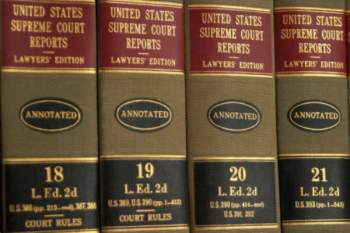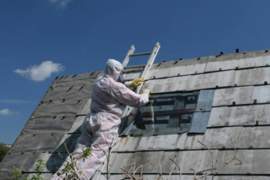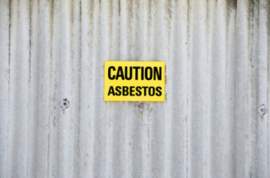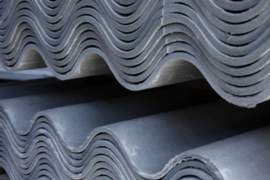
Minnesota Asbestos Laws

Must Read
Minnesota has a relatively high rate of asbestos related illnesses and deaths, with most being due to the mining industry. As is typical with vulnerable classes of individuals that were exposed to asbestos, mining takes place in a poor ventilated, enclosed area that almost certainly ensures that concentrations from even the smallest of asbestos deposits will be present and amplified, thus increasing the rate of absorption into the lungs and eventual sickening. Certain locations that supported Minnesota’s iron industry were found to have a high than normal content of asbestos materials. Many forms of natural asbestos deposits can be found in Minnesota and industry has upset many of these deposits, making them friable. Where else can asbestos materials be found? In addition to workplaces and mines, asbestos is found widely in buildings built before 1980. Asbestos is very versatile as an insulator and fireproofing agent. In spray able form, it coated ceilings and walls as cheap fire retardant. In a less processed form, it was a critical component in insulating floss commonly found in attics and the walls of homes. In a non-friable form, it can be locked in concrete or tar and used as roofing or siding. The non-friable form is generally not dangerous unless it is broken or compromised. Asbestos was desirable for a number of reasons, including heat resistant properties similar to glass that ensured that it would burn in a fire. It would however break apart, as that is the nature of this material. This tendency to fragment is part of the reason why asbestos become a health issue as those small pieces are inhaled easily. How do I know if I have asbestos in my home? Laboratory testing will be the only way to verify if you have asbestos fibers in your home. In some cases, if large fibers break off, this will be a visible emission and will be evidence of contamination. In all other cases, determining suspect material and having it inspected will be the only way to determine if you have asbestos. Can I file for asbestos litigation in Minnesota? There has been moderate success in plaintiffs taking asbestos companies to court and winning under federal and Minnesota asbestos laws. Some have managed to sue multiple plaintiffs, if it can be proven that all of the parties played some role in the exposure of workers to harmful materials. Be aware of changing tort reform laws and other laws that affect the rights of victims to collect damages from entities that failed to take adequate measures to prevent them from harmful exposure. What agencies enforce Minnesota asbestos laws? The Minnesota Department of Health and the Minnesota Pollution Control both enforce different aspects of Minnesota asbestos laws. The MPCA will regulate the dumping of sealed ACMs in landfills, coordinate asbestos abatement in the event of an emergency release of fibers and sponsor cleanup programs to deal with contaminated sites. The MDU will certify asbestos removal specialists and others that work with asbestos.


















